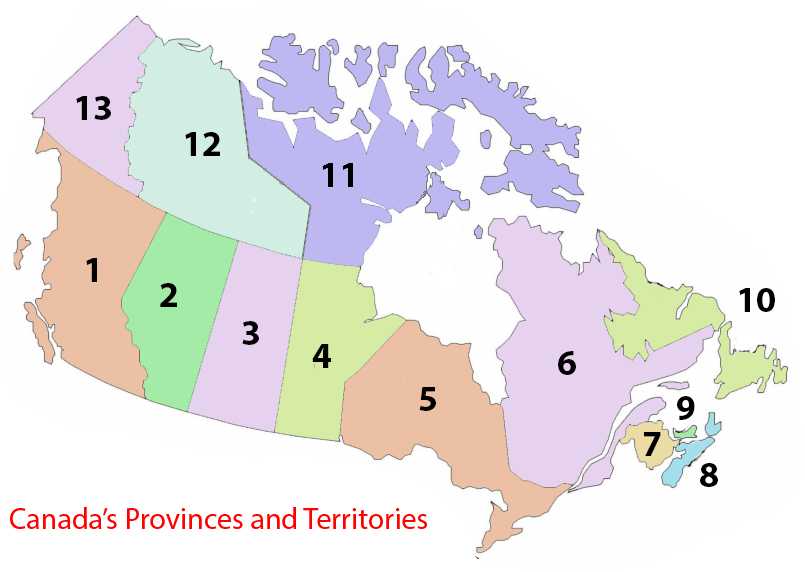
Identify the Provinces and Territories of Canada Quiz
Can you correctly label the provinces and territories on a map of Canada? In this new quiz format we use a single image to act as a guide for the questions.
A label quiz
by Terry.
Estimated time: 3 mins.
- Home
- »
- Quizzes
- »
- Geography Trivia
- »
- Canada
